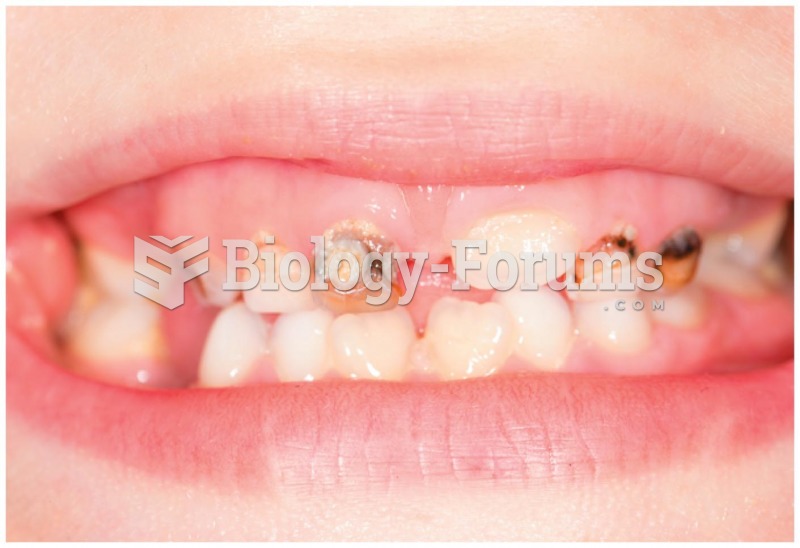Answer to Question 1
Key Recommendations for the Prevention of Childhood Obesity
The business community should reduce foods and beverages that are calorie dense and low in nutrients and increase the availability of healthier options at affordable prices.
Nutrition labeling should be clear and useful so that parents and youth can make informed product comparisons to achieve and maintain energy balance at a healthful weight.
Marketing by the food, beverage, restaurant, and media industries aimed at children should support a diet that corresponds with the Dietary Guidelines for Americans in order to prevent obesity and risk factors for chronic disease.
Schools should be a national focal point for obesity prevention by requiring quality physical education, ensuring strong nutritional standards for all foods and beverages sold, and ensuring food literacy and skill development by providing nutrition science education from grades K-12.
Local governments, schools, and community organizations should collaboratively develop programs that encourage healthful eating behaviors and regular physical activity.
Local governments, private developers, and community groups should expand opportunities for physical activity, including recreational facilities, parks, playgrounds, sidewalks, and bike paths.
Answer to Question 2
According to a position paper from the Academy of Nutrition and Dietetics, pregnant adolescents are nutritionally at risk and require early intervention and special care throughout pregnancy. Medical and nutritional risks are particularly high when the teenager is within 2 years of menarche (usually 15 years of age or younger). Risks for pregnant teens include higher rates of pregnancy-induced hypertension, iron-deficiency anemia, premature birth, stillbirths, low-birthweight infants, and prolonged labor.







